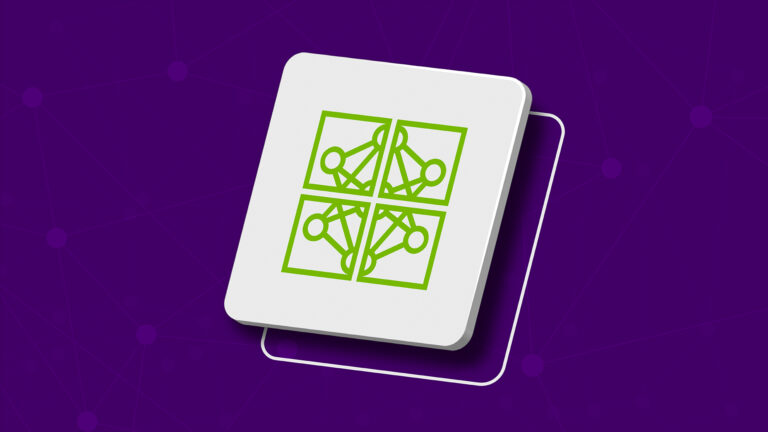
The initial release of NVIDIA NeMo-RL included training support through PyTorch DTensor (otherwise known as FSDP2). This backend enables native integration with…
The initial release of NVIDIA NeMo-RL included training support through PyTorch DTensor (otherwise known as FSDP2). This backend enables native integration with the HuggingFace ecosystem, quick experimentation, and scaling with PyTorch native parallelisms (FSDP2, tensor parallel, sequence parallel, and context parallel). However, when model sizes approach hundreds of billions of parameters…
Source
Source:: NVIDIA
